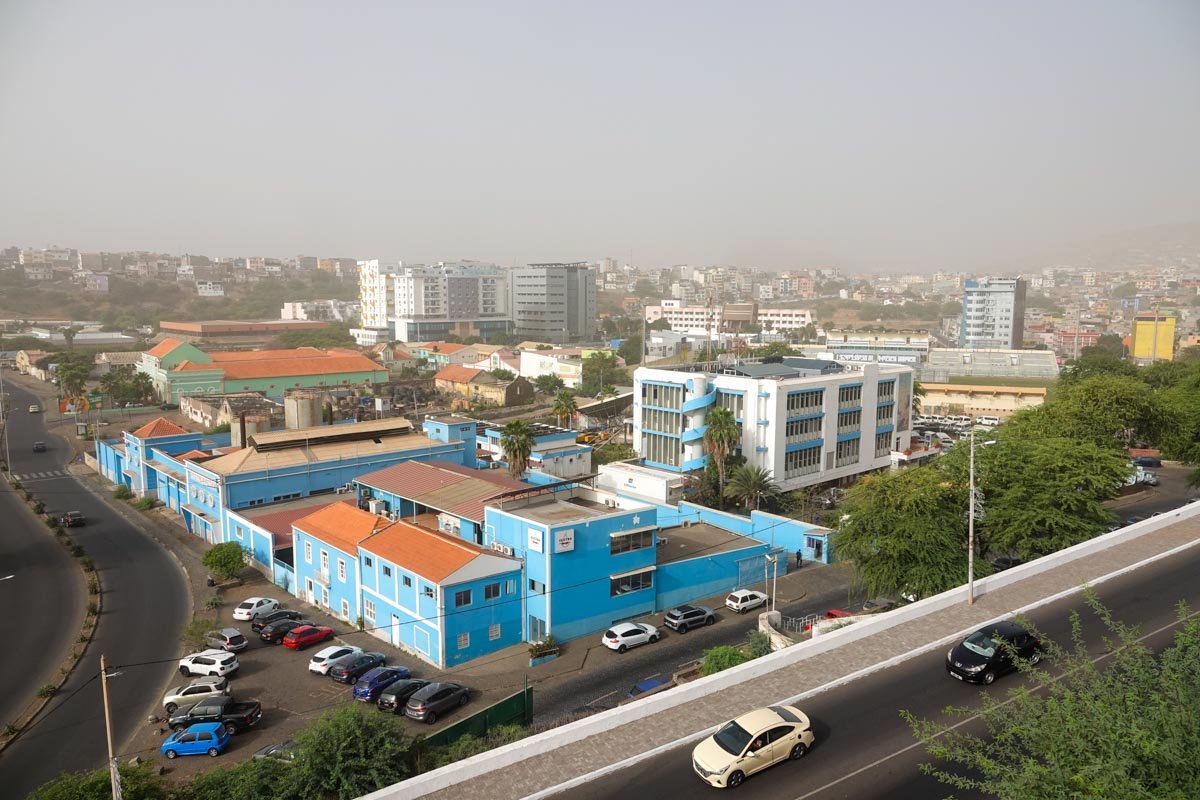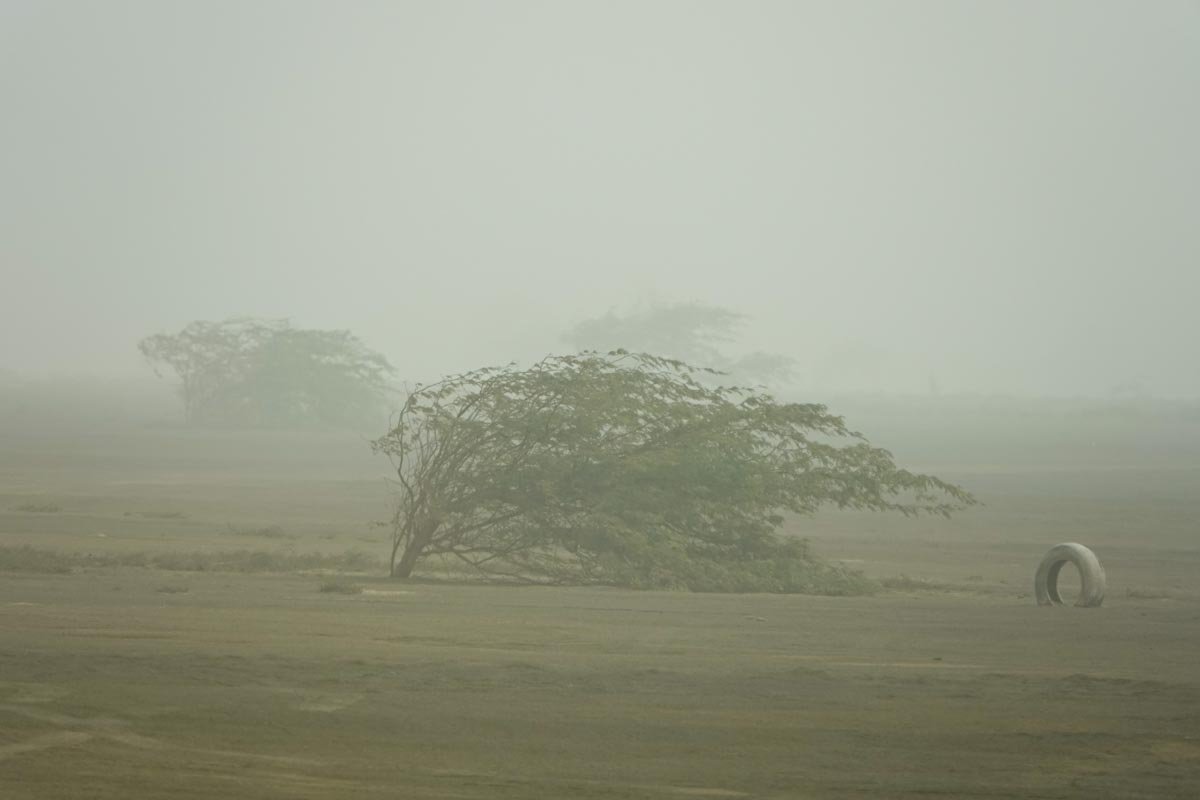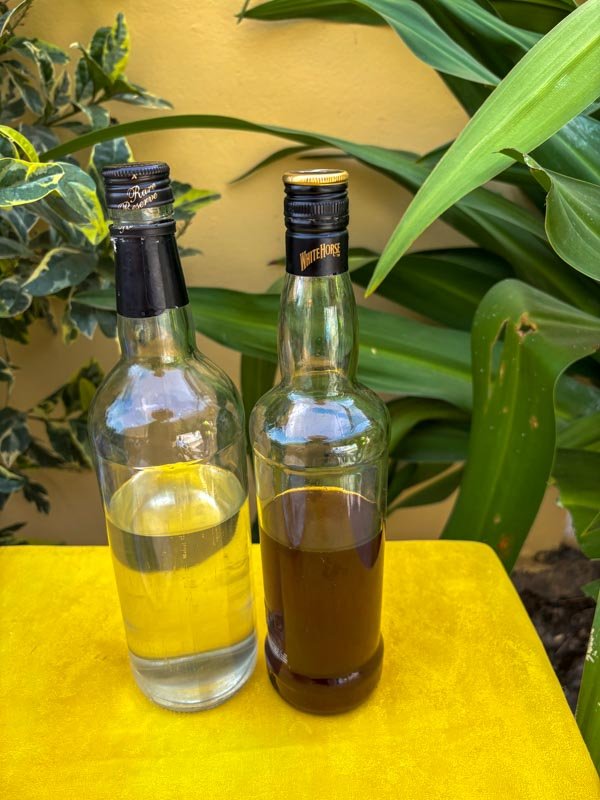Ganvie, a Lake Village
We have crossed most of Lake Nokoue', passed lots of people fishing and boats sailing or paddling in both directions, and now we are at the lake village of Ganvie.
The locals also call it the "Where we are safe village." This village on the lake was created in the 16th or 17th century by the Tofinu people who took to the lake to avoid the Fon warriors who were taking people hostage to sell to the various European slave traders. The Ganvie village is sometimes referred to as the "Venice of Africa."
We also heard a second story about the people living in the lake at Ganvie. The second story said that the Fon warriors could have easily gone out and captured the people but there was something about the lake that they respected or feared, like snakes, so they opted not to enter the lake and capture the people. Choose the story you prefer.
Ganvie today has a population approaching 40,000 people. It's the largest lake village or floating village in Africa. All transportation is by small boats as you have seen. Ganvie is developing a substantial tourist business but fishing remains their main industry. They do have some farming on small islands of land in the lake.
The first two photos below are just to show that Ganvie is like many villages with streets and subdivisions, etc. Most houses and businesses are built on stilts.
I included the next photo because this area was much more colorful than most of the village that we visited.
In the next photo, it is hard to see but there are a couple of pigs in the middle on a solid patch of ground. They blend in with the tires, both being black.
You might also notice that the children in Ganvie learn to stand and to operate the boats at an early age.
Now, we get down to business. The next photo is one of two water stations that we passed. Boats pull up with lots of barrels, tubs, and pots and the workers fill them all up with "clean water." I'm not sure where they get the clean water but one must assume that it's much better than the lake water to drink and cook.
We saw lots of wood in all of West Africa and Ganvie was no different. Even if you live on a lake, you need to cook and for that, you need wood.
There is also a lot of construction projects that need wood, such as the platform and ladders that you see.
Now we move on to the more ordinary establishments of a village such as restaurants, bars, and so on. It gives a whole new meaning to don't drink and drive...
I included the next photo because it reminded me of what we might see, like a 7-11 store where you stop in for a quick purchase. It's also a very substantial building.
Money is always an issue that intrigues me with some of the small villages, like the fishing village. For that reason, I included the next photo.
Now for the grand finale photo of Ganvie. What village of this size could function without an ambulance service.
This post wraps up our visit to Benin. Next, we flew from Benin to Dakar, Senegal.




























































































































































